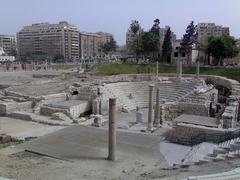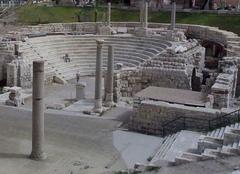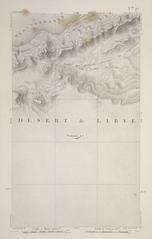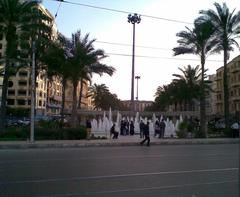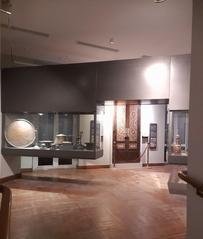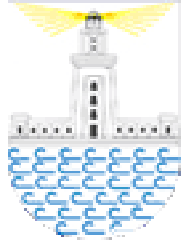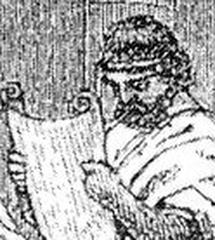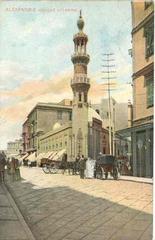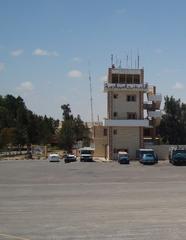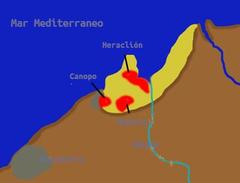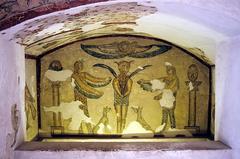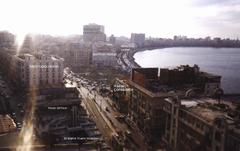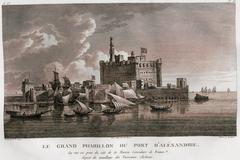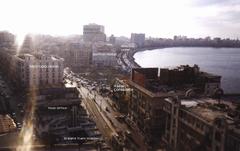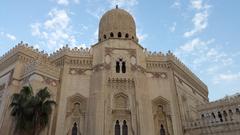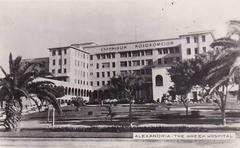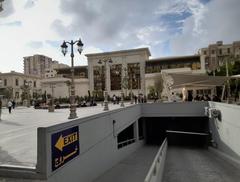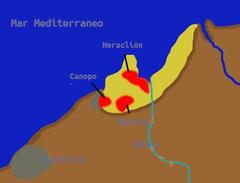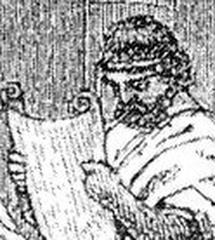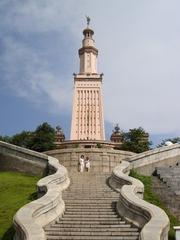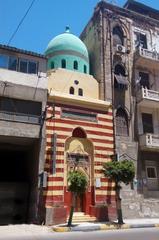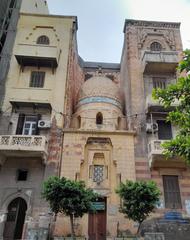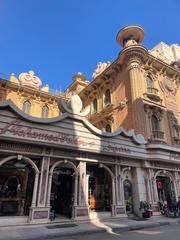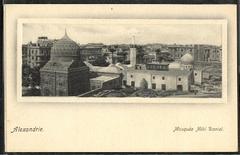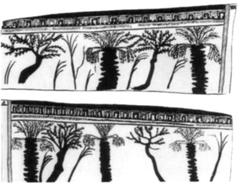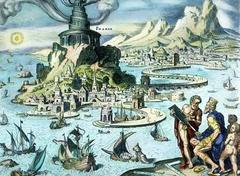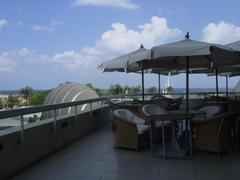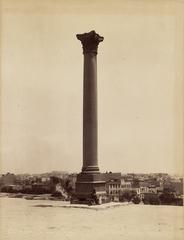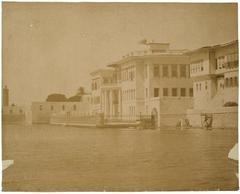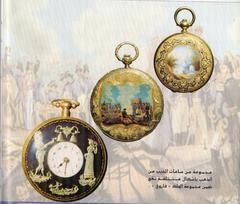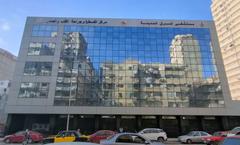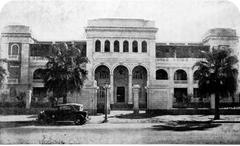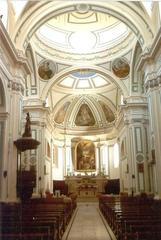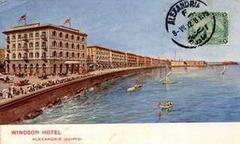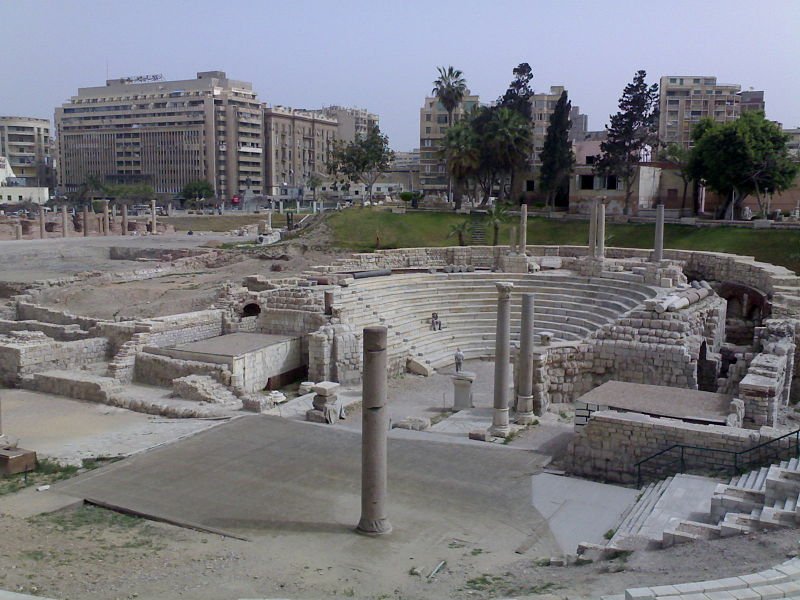
Roman Theatre of Alexandria: Visiting Hours, Tickets, and Historical Sites Guide
Date: 14/06/2025
Introduction
Nestled within the heart of Alexandria’s Kom el-Dikka district, the Roman Theatre of Alexandria stands as a singular testament to the city’s Greco-Roman past. Constructed between the late 2nd and early 3rd centuries CE—likely during the reign of Emperor Septimius Severus—it is Egypt’s only surviving Roman theatre. Today, the site captivates visitors with its blend of Roman engineering, local Egyptian materials, and layered history that extends from antiquity through the Byzantine and early Islamic periods. Whether you are a history enthusiast, an architecture lover, or a curious traveler, this comprehensive guide will equip you with essential information on the Roman Theatre’s historical significance, architectural features, visiting hours, ticketing, accessibility, nearby attractions, and practical travel tips.
Table of Contents
- Historical Background
- Location and Layout
- Architectural Highlights
- Cultural Significance and Symbolism
- Preservation and Community Value
- Visitor Information
- Travel Tips and Nearby Attractions
- Frequently Asked Questions (FAQ)
- Conclusion
- References
Historical Background
Foundation and Urban Context
Located at Kom el-Dikka, once a bustling residential and academic quarter during the Hellenistic and Roman periods, the Roman Theatre was part of a larger civic complex. By the 4th century CE, Kom el-Dikka featured not only the theatre but also a grand bath complex and several auditoria, highlighting Alexandria’s importance as a center of learning and public life (Wikipedia: Kom El Deka; Alexandria Gov).
Architectural Features and Innovations
The theatre’s semi-circular design consists of 13 rows of white marble seating, accommodating up to 700–800 spectators. Marble benches rest atop brick and limestone foundations, with granite columns sourced from Aswan supporting former domed canopies. The structure’s north-northwest orientation maximizes cooling breezes from the Mediterranean, an ingenious adaptation to Alexandria’s coastal climate (Travel to Egypt; Ancient Theatre Archive; Memphis Tours).
The orchestra—the performance area—is approximately 6 meters wide, while the entire cavea (seating area) measures about 33 meters in diameter. The uppermost rows include five compartments likely designated for dignitaries, once covered by domes. Decorative elements include intricate mosaics and repurposed marble blocks from earlier Hellenistic structures (Wikipedia: Kom El Deka).
Functions and Cultural Role
Despite its name, the structure functioned more as an odeon or bouleuterion—a venue for music, lectures, and municipal gatherings—than a dramatic theatre. Inscriptions and graffiti suggest the theatre also served as a community gathering space, even referencing chariot teams in the 6th century CE. Adjacent lecture halls and auditoria point to its role as a center for academic instruction, possibly linked to late antique educational institutions (Alexandria Gov; Ancient Theatre Archive).
Historical Transformations and Rediscovery
The theatre flourished from the 4th to the early 7th centuries CE, but fell into decline after the Arab conquest in 641 CE, eventually being buried beneath later settlements. Its rediscovery in 1960 during construction work was a pivotal archaeological event, with excavations led by the Polish Centre of Mediterranean Archaeology revealing not only the theatre but a surrounding urban landscape, including baths, auditoria, and residential remains (Wikipedia: Kom El Deka; Seba Tours Egypt).
Location and Layout
The Roman Theatre is centrally located in Kom el-Dikka, bordered by Horrya Street, Nabi Daniel Street, Abdel Moneim Street, and Saphia Zaghloul Street. The site is a short distance from Alexandria’s central railway station and other major attractions, like Pompey’s Pillar and the Bibliotheca Alexandrina (Memphis Tours; Look at Egypt Tours). The original auditorium was about 42 meters in diameter before later modifications reduced it to 33.5 meters. The surrounding archaeological park includes Roman baths, a villa with mosaics, and a small museum (The Egyptian Traveler).
Architectural Highlights
- Auditorium and Seating: 13–16 rows of white marble benches form a semi-circular cavea, with numbered rows in Greek and Latin for organized seating. The lower seats were for dignitaries, while general spectators sat higher up.
- Materials and Construction: Marble, brick, and limestone make up the main structure, with granite columns from Aswan. Many blocks were reused from earlier Hellenistic buildings.
- Galleries and Supporting Spaces: Galleries behind the seating and passageways with small rooms likely served as storage or waiting areas.
- Stage and Acoustics: The marble and semi-circular design provided excellent acoustics. The stage was a raised platform, and the site lacks a permanent scaenae frons, typical of smaller theatres.
- Decorative Elements: Carved marble seats, Greek and Latin inscriptions, and geometric mosaics in the nearby villa hint at the site’s former grandeur.
- Adaptations: The theatre was modified over time to reflect changing uses, with traces from the Roman, Byzantine, and Islamic periods still visible (Memphis Tours).
Cultural Significance and Symbolism
The Roman Theatre is emblematic of Alexandria’s cosmopolitan identity as a crossroads of Egyptian, Greek, and Roman cultures. It served as a venue for artistic performances, intellectual discourse, and civic gatherings, reflecting the city’s long-standing tradition of learning and exchange (Seba Tours Egypt). The nearby lecture halls and academic facilities may have been linked to the original Mouseion and the famed Library of Alexandria, situating the theatre at the heart of Alexandria’s scholarly life.
Preservation and Community Value
Conservation of the site has been a collaborative effort involving Egyptian authorities and international partners such as the University of Warsaw. Ongoing stabilization, restoration of marble, and improvement of visitor facilities have preserved the theatre for future generations (Cairo Top Tours). Today, the theatre also serves as an educational and community venue, hosting cultural events and providing interpretive resources for schools and universities.
Visitor Information
Visiting Hours
- Open daily: 9:00 AM – 5:00 PM
- Last entry: 4:30 PM
- Hours may vary on public holidays or during special events—check ahead before visiting.
Tickets and Admission
- Adults: Approx. 60 EGP (about $5 USD)
- Students/Seniors/Children: Reduced rates and discounts available
- Children aged 6–11: About $2.53 USD (Emo Tours Egypt)
- Where to buy: Tickets are available at the entrance; online options are limited.
Accessibility
- The main walkways are paved, and some ramps are provided, but much of the site has uneven surfaces and steps.
- Wheelchair access is available in some areas; visitors with specific needs should contact site administration in advance for assistance.
Guided Tours and Special Events
- Guided tours are highly recommended and available through local agencies or the Greco-Roman Museum.
- Occasional cultural festivals, concerts, and educational workshops are held at the theatre—check local listings or the Alexandria Gov website.
Photography and Visitor Etiquette
- Photography is permitted throughout the site; flash is discouraged.
- Visitors should avoid climbing on fragile structures and respect posted guidelines.
- Modest dress and respectful behavior are appreciated.
Travel Tips and Nearby Attractions
-
Best time to visit: October–April (cooler months); early mornings and late afternoons for best light and fewer crowds.
-
Getting there: Easily accessible via taxi, public transport, or as part of day tours from Cairo (Look at Egypt Tours).
-
Other attractions nearby:
- Pompey’s Pillar
- Catacombs of Kom El Shoqafa
- Bibliotheca Alexandrina
- Qaitbay Citadel
-
Facilities: Restrooms, shaded seating, small gift shop available on-site.
-
Safety: Alexandria is generally safe with a strong police presence at tourist sites; keep personal belongings secure.
Frequently Asked Questions (FAQ)
Q: What are the Roman Theatre of Alexandria visiting hours?
A: Daily, 9:00 AM to 5:00 PM; last entry at 4:30 PM.
Q: How much is the ticket?
A: Around 60 EGP for adults, with discounts for students, seniors, and children.
Q: Is the site accessible for people with disabilities?
A: Some accessible pathways and ramps exist; call ahead for specific accommodations.
Q: Are guided tours available?
A: Yes, through local agencies, museums, and as part of broader city tours.
Q: Can I take photos at the site?
A: Yes, photography is allowed; avoid flash and respect archaeological remains.
Q: What else can I see in the area?
A: The theatre is close to Pompey’s Pillar, the Catacombs of Kom El Shoqafa, the Bibliotheca Alexandrina, and more.
Conclusion
The Roman Theatre of Alexandria offers an unmissable journey through the city’s Greco-Roman heritage, with its well-preserved marble seating, innovative architectural solutions, and a vibrant history of intellectual and civic life. As part of the broader Kom el-Dikka archaeological park, the theatre is a window into the multicultural legacy of ancient Alexandria. With accessible visiting hours, affordable tickets, and enriching guided tours, the site welcomes visitors to explore, learn, and connect with a unique chapter of Mediterranean history.
Plan your visit, explore Alexandria’s historical sites, and enrich your journey with guided tours and cultural events centered around the Roman Theatre of Alexandria.
References
- Kom El Deka, 2023, Wikipedia
- Visiting the Roman Theatre of Alexandria: History, Tickets, Hours & Tips, 2025, Alexandria Gov
- Roman Theatre Alexandria: A Complete Visitor’s Guide to History, Architecture, and Practical Information, 2025, Memphis Tours
- Roman Theatre of Alexandria: Visiting Hours, Tickets, and Historical Guide, 2025, Seba Tours Egypt
- Roman Theatre of Alexandria Visiting Hours, Tickets & Guide to Alexandria Historical Sites, 2025, Look at Egypt Tours
- The Roman Amphitheatre of Alexandria, 2025, Ancient Theatre Archive
- The Roman Amphitheatre of Alexandria, 2025, Travel to Egypt
- The Roman Amphitheater in Alexandria, 2025, Cairo Top Tours
- Alexandria Attractions Entry Tickets, 2025, Emo Tours Egypt
- Alexandria Tours and Travel Guide, 2025, TourRadar
